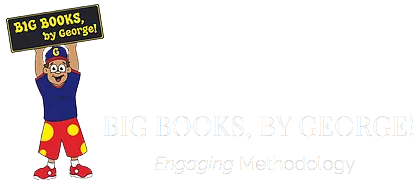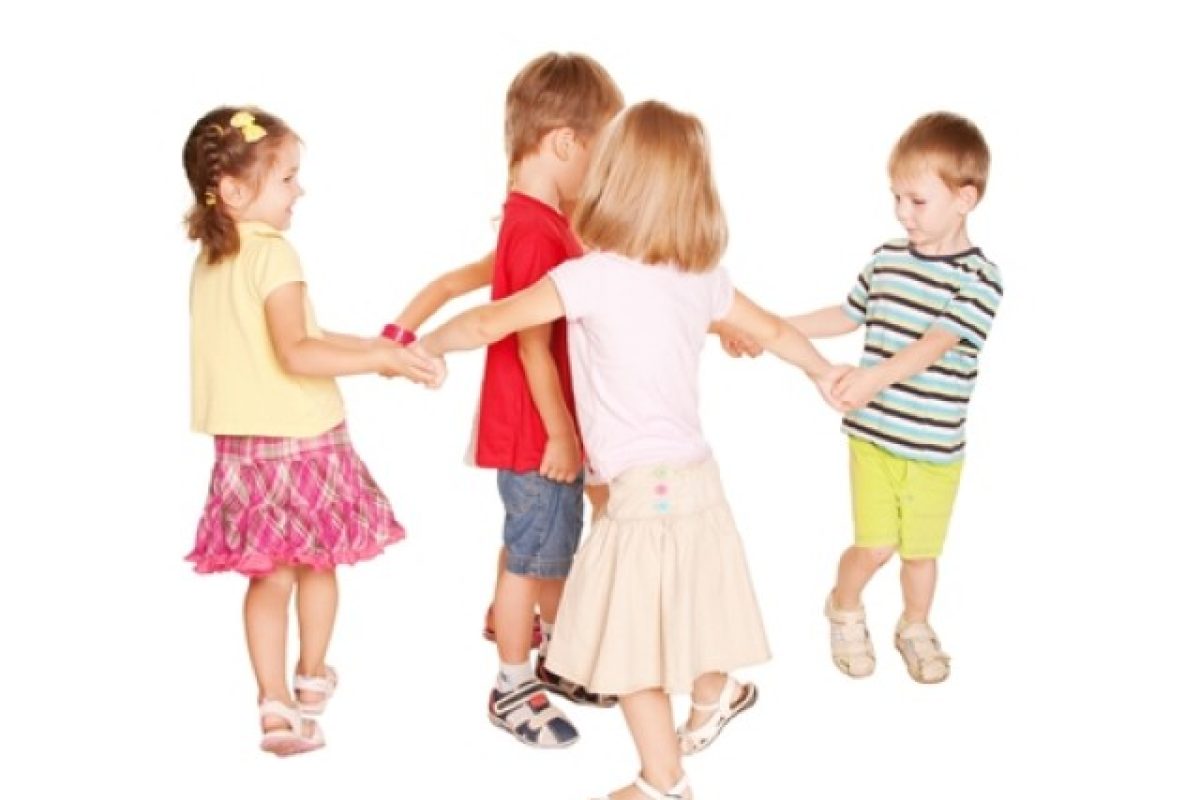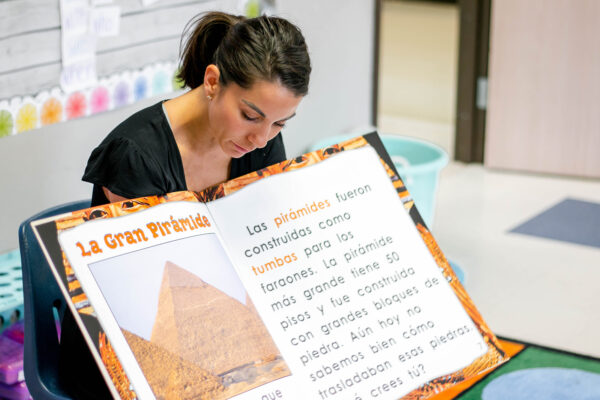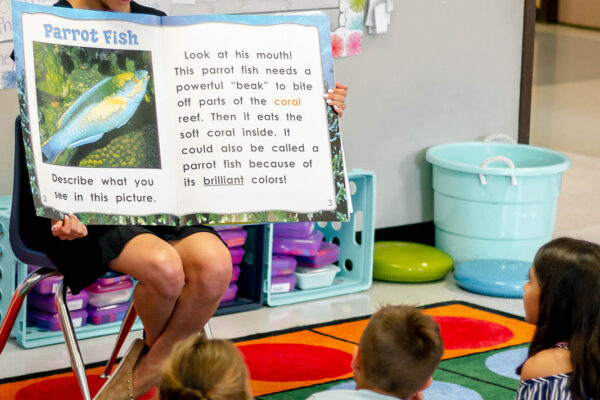There have been many documented benefits to music and movement in the classroom, including “student understanding of content, improved classroom behavior, and the development of new forms of assessment.”
We all know kids like to move! Our body, mind, and soul are all deeply connected, and movement helps all to participate in the task at hand. This have been well documented through studies involving exercise, mental health, social-emotional learning, and test scores. Kinesthetic learners in particular ingratiate movement and learning. To the English Learner, movement can become a helpful basic interpreter for language acquisition.
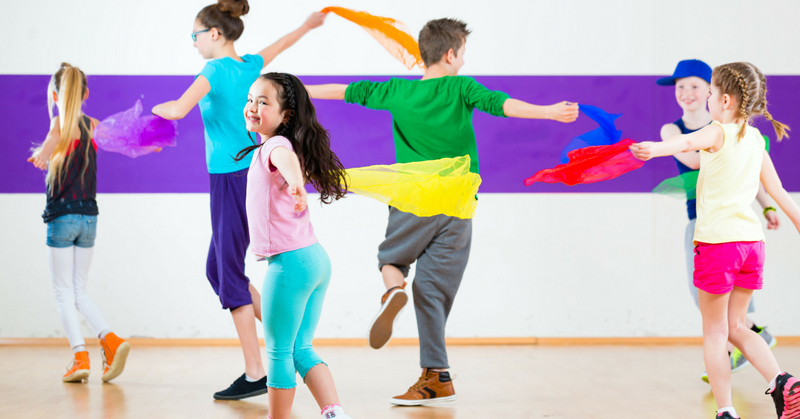
The Benefits of Movement with Language Acquisition
Dance can be beneficial for self-expression in the classroom, especially for children who have difficulty in speaking or writing. Check out this video of a group of students who all have different native languages attempt to choreograph their movements. By relying on rhythm (using a phonological loop theory with working memory), eye contact, movement, and basic instruction, they are able to begin basic communication. These are the building blocks to a more enriched and successful Cognitive Academic Language Proficiency, an essential standard for reaching TELPAS testing goals.
Dance can also be used as a “brain break” for English Learners (or any learner in your classroom). We now know that when our brain goes into cognitive overload, in an attempt at self-protection, it requires rest. These English Learners are working hard every single day! By using dance as a rest, or relief from the high demands placed on them in the classroom, they are able to engage their whole body, using their movement as a reward for their mind.
Using the Arts to Approach Each Student
The Arts as a whole are integral to the development of the human person. We are able to bring light to the deepest truths and uncover what words can not always convey. Take this great story for example! A student who had trouble with assignments, found on The Kennedy Center blog:
“The student has difficulty turning in his assignments for science class, partly for personal reasons, but mostly language reasons. The student speaks English but can barely read or write it. The magical moment occurred while integrating science and arts. The objective was to draw a cell through a microscope, label cell parts, and write a reflection [about] how the shape of a cell is related to the function of that organism. Well, it turns out this student is an extremely talented artist and was able to write a reflection piece of equal quality (of mind) because it was on his cell drawing. The student has since turned in all his labs on time. The art bridged the language content gap!”
The ultimate goal in an English Learner classroom, of course, is to teach the student to read, write, and fully converse in English. However, this student could have easily slipped through the cracks because of something that could be taught through the Arts. We all see the world through our own unique lens, and as educators, sometimes this mission is to find the correct magnifier to discover each students’ true potential.
